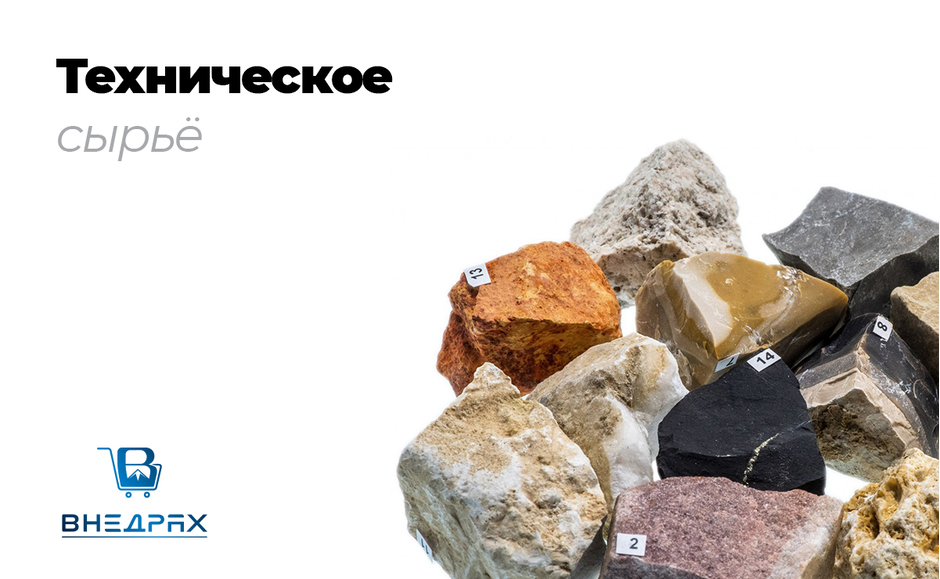Talc TMO (1kg, 25kg)
Talc is a natural mineral, layered hydrous magnesium silicate. Light, translucent, with a glassy sheen. The crystal structure is lamellar, reminiscent of mica. Tasteless and odorless, greasy and slippery to the touch, especially if it is moistened - because of this property, talc is also called “soap stone”. Insoluble in water, it conducts heat and electricity poorly. Serves as a good adsorbent; resistant to high temperatures and environmental influences. A very soft mineral, the softest of all minerals. It is cut and easily processed with a regular knife. It is chemically stable and almost does not react with acids, with the exception of hydrofluoric acid. It reacts with alkalis and alkali metal carbonates only at high temperatures. Talc is non-toxic and does not cause allergies. At one time it was believed that inhalation of finely dispersed talc particles could lead to respiratory diseases, but special studies have proven its harmlessness. Talc TM-O - ground, enriched, for use for technical purposes There is talc TMO (medical, purified), demanded by food industry, cosmetic and pharmaceutical industries. —Talc is the basis of products for treating baby skin, as it absorbs moisture, relieves irritation and itching, and provides an antiseptic effect. Available in powder and cream form. — In cosmetics, talc is included in creams and lotions for the skin of the body and face, solid deodorants, massage powder, eye shadow, powder, cream and powder for feet. —Used as a filler for tablets in pharmaceuticals, included in medications and dietary supplements containing magnesium and calcium. — As a thickener, as well as to impart a glossy shine to glaze and caramel — in the food industry (food additive E553b, approved in the EU and the Russian Federation). — In the rubber industry, talc is used as an anti-caking agent that prevents rubber, caoutchouc, polymer and leather products from sticking together. They are sprinkled on shoes (shoe powder), rubber gloves, balloons, fire hoses, boats and other rubber products so that they do not stick together or crack during storage. They fall asleep between car and bicycle tires and tubes. — Filler in the production of polymers, foam plastics, rubbers, ceramics, pencil leads, special types of paper, mastics and primers, enamels to give them increased strength. In paint and varnish products, it acts as an agent that holds pigments on its surface; improves hiding power, water resistance and anti-corrosion properties.
No reviews found



